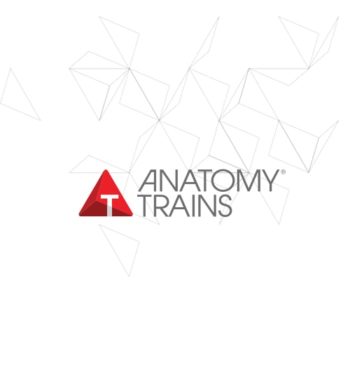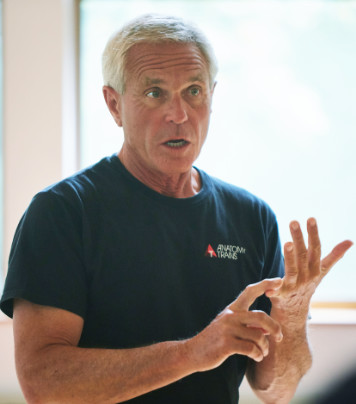What does it take to stay healthy and functional all life long? And what role can movement, and more specifically yoga, play in enhancing structural balance and wellbeing and fostering healthy, pain-free aging?
In this workshop, Tom Myers focuses on how to apply the insights of the Anatomy Trains model to improve structural balance. Learn body reading skills and yoga techniques for improving posture based on the Anatomy Trains model.
Imbalances in structure create compensations throughout the body, which in turn put strain on the body’s extensive network of soft tissues: muscles, fascia, tendons and ligaments. These chronic patterns of restricted movement often lie at the root of not just issues of physical pain, but can be directly tied to chronic emotional and behavioral problems, according to Dr. Ida Rolf.
In this weekend workshop, Tom Myers, developer of the Anatomy Trains myofascial meridians, continues Dr. Ida Rolf’s pioneering work, looking at imbalances in structural alignment from the perspective of the Anatomy Trains model.
Dr. Ida Rolf was a long-term practitioner of hatha yoga, and she believed that in addition to soft tissue manipulation, hatha yoga provided a means of integrating the individual structure more effectively in a balanced interaction with gravitational energy.
In this workshop, Tom will focus on the role of the Deep Front Line in facilitating structural integrity, stability and balance. Running from the inner ankle to the tongue and jaw, the Deep Front line includes central energetic structures of the body, including the psoas and the diaphragm. Connecting with the Deep Front Line offers a blueprint for improving posture, enhancing stability and resolving longstanding compensatory structural patterns.
The material presented in this program can be applied to yoga, bodywork, pilates, dance, and more.


